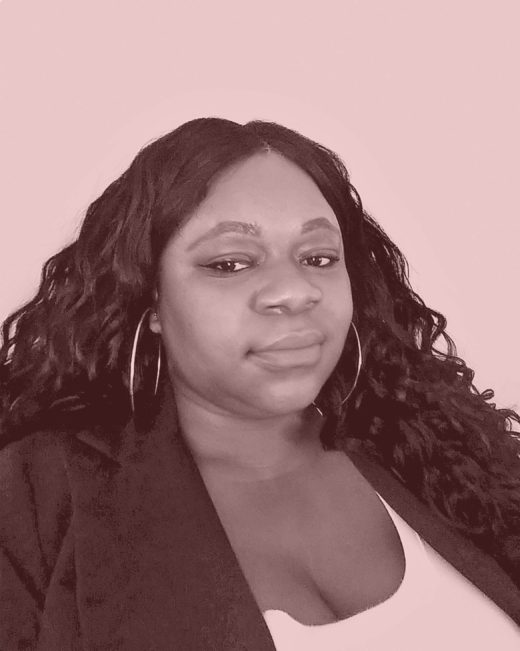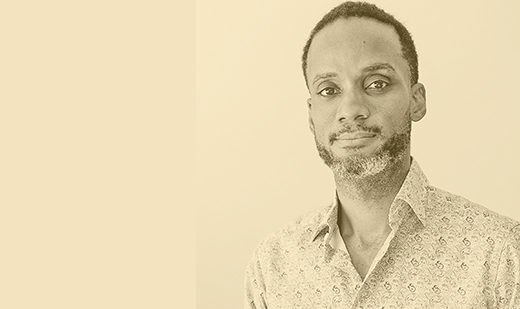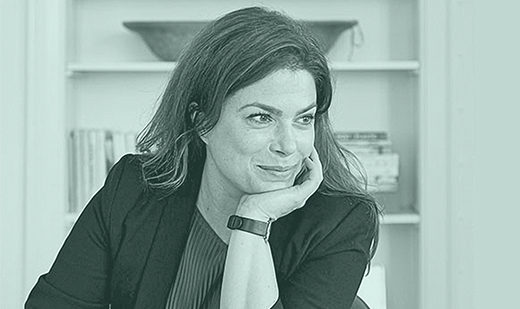How do you see the relationship between art and public spaces?
It’s one that is constantly evolving. Covid-19 shifted the world’s relationship with art in a very fundamental way— it also shifted the relationship between people and public space. I believe we are entering a new era, where the public will continue to seek art experiences not governed or “gatekept” by institutions like museums and galleries. Being able to engage with art according to your own means will always be important.
How did you become interested in art?
I was always interested in art. Depictions in stories my mother told me—Greek and Roman mythology, African and Caribbean stories, as well as Bible tales— fascinated me. Visual art became more fundamental to me when I was in college. I took an undergraduate art history survey and, while I was super-engaged in the course material, I kept asking myself “Where are all the Black people?” I am from Harlem, New York City, so I was aware of Black contribution to the arts, but the only time I could be educated about Black people creating art was under very particular circumstances—such as Black History Month. I began to see gaping holes in the discourse, and I wanted to fix that.
How do you select artwork for New York City’s Percent for Art?
We start by looking at an artist’s studio practice. The selection is determined by the space, as each project is site-specific. Next, a curatorial panel—made up of the project architects, outside art professionals and various City partner agencies—selects artists to work on a proposal for the project. We then have a second panel, where the artists present their proposals, followed by a final selection.
What is the role of architecture when choosing artwork?
The architecture determines the art. We want a location that is as central as possible, so that the public will be able to access the work. We think about how an artist can best use the location as it suits their practice. For example, if the location is a window, then we would look at artists that possibly work with light and color.
A lot of your work is centered around access, postcolonialism, and marginalization in the African Diaspora. What is the importance of these topics in art and public spaces?
These topics are very important because despite the message this country sends, Whiteness isn’t the median. These topics need to broached in public space because art is universal. Representation matters. Art is for everyone. I want people to see themselves in it.
What do you see as the relationship between the private and public sector in shaping spaces?
I believe that companies should be required to contribute to the spaces they inhabit—they should care about quality of life, not only for their employees but for the people who patronize their companies. We want the private and public sector to be inclusive and ethical in their business-doings and their interactions with the public, caring about the environment and making changes to keep our planet healthy.
Kayla G. Coleman is the Deputy Director of Percent for Art in New York City. Managed by the City’s Department of Cultural Affairs, the Percent for Art program has commissioned hundreds of site-specific projects in a variety of media by artists whose sensibilities reflect the diversity of New York City.
More to Read
This story is from Knoll Works—our annual publication showcasing how our constellation of brands and planning capabilities create inspiring workspaces.










